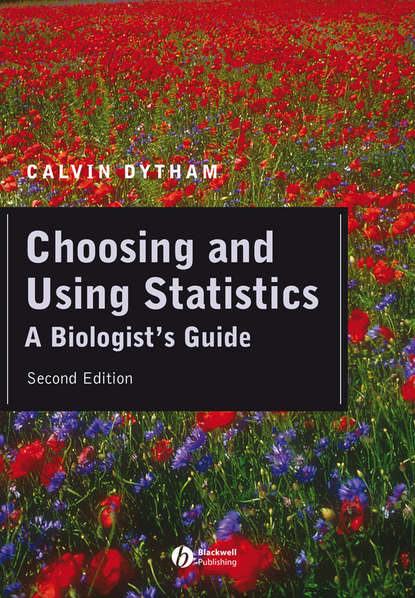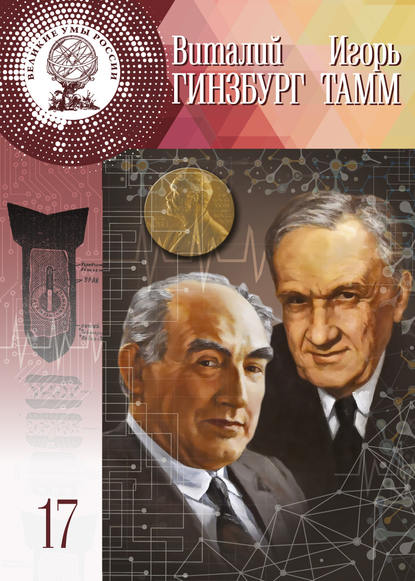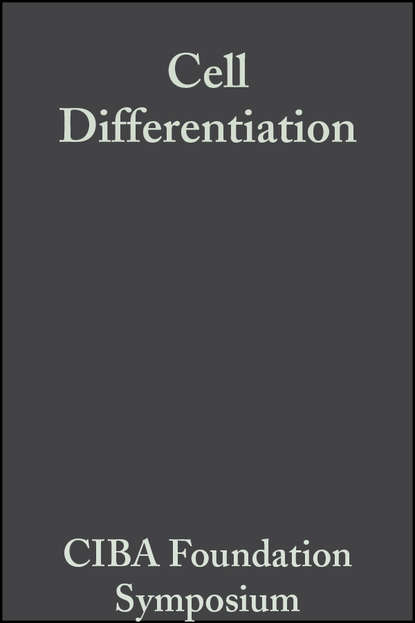Книга "Выбор и использование статистики. Руководство для биологов" была очень хорошо принята студентами и преподавателями после выпуска первого издания. Она помогла упростить часто сложную и трудную задачу выбора и использования правильного статистического пакета. Эта книга предназначена для студентов и профессиональных биологов, которые хотят обрабатывать данные с использованием статистического пакета на компьютере, выбирать соответствующие методы и извлекать важную информацию из часто запутанного вывода, который производится. Она ориентирована в первую очередь на бакалавров и магистров в биологических науках, которым нужно применять статистику на практических занятиях и проектах. Пользователям статистики не обязательно понимать, как работают тесты или как выполнять вычисления, и эти аспекты не рассматриваются в книге. Новое издание обновлено и охватывает последние версии описанных компьютерных программ, расширено для включения логистической регрессии, более детального рассмотрения многомерного анализа, и даны дополнительные примеры анализа главных компонент и анализа дискриминантных функций. Новое издание будет использовать SPSS 10.0, Minitab 13.1 и Excel 2000. Новая упрощенная версия ключа и схемы принятия решений для простых статистических тестов. Раздел о многомерных методах расширен для дополнительных примеров PCA и DFA. Книга ориентирована на студентов, использующих статистику для проектов и на практических занятиях. Статистический жаргон объясняется через обширный глоссарий и ключ к символам. Она подчеркивает важность экспериментального дизайна, измерения данных и интерпретации результатов, а не понимания самих статистических тестов.
The first edition of the popular new book 'Choosing and Using Statistics: A Biologists Guide' is written by Dr Calvin Dytham and was extremely successful when first published. The book is in demand with both lecturers and students. The aim of trying to encourage the use of computer packages for statistical analysis remains prominent in this new edition, motivating scientists to become familiarised with computer technology.
This second edition retains many of the principles of the original version but has made improvements in line with the types of applications it is now intended to serve. More emphasis is placed now on learning how to make good decisions when choosing the appropriate tests to be conducted, whilst the main focus remains on making the interpretation of results the most effective rather than on interpreting the actual statistical analyses.
The computer program packages that are now considered best to use with new editions of this book have all been updated, as has the outline of the decision making sections. Sections discussing principal component and discriminant function analysis have been enhanced, making this a comprehensive offering for students seeking guidance when quantifying biological data. Although students are assumed to have some knowledge of basic mechanical statistics, they are not expected to know how the different statistical analyses work. Statistical tests are covered, but the list of abbreviations at the beginning of the book acts as a useful glossary explaining any statistical terms that were unfamiliar.
The first edition of Choosing and Using Statistics training manual was very popular with students and teachers alike, making it very useful for simplifying the often challenging task of selecting and applying the right statistical methodology. This textbook is written for anyone - students and professionals, molecular biologists or medical researchers interested in processing data using computers, selecting methods and extracting significant information from complex models. Here users don’t need to understand test mechanism; they do n't rethink over calculations. The authors of new edition improved their text, testing different versions of computer programs SPSS and MiniTab. They also manifested new methods of analysis such as logistic regression and multivariate analysis and added various demonstration patterns of principal component analysis (PCA) and discriminant function analysis (DFA). Professional software (SPPS-10, MiniTab-13. They include a flowchart that allows learning the theory without scarcity and even deliberately minimize statistical language. Students applying statistics in projects and practical lessons will appreciate the simplicity of the text and its ability to attract attention and thorough knowledge. All statistical abbreviations and symbols have an explanation that reinforces the effort of processing the data process systematically. Authors also pay much attention to experimental planning and measuring the results than to emphasizing the actual significance of statistical tests and results. Combining ongoing research interests with valuable practical experience selected authors for writing this bookboth researchers at the department of molecular medicine, Hebrew University of Jerusalem, Israel and experienced biostatisticians from the USAand Europe, providing comprehensive information on statistical skills that will meet the needs of various categories of medical professionals - from novice students to highly experienced specialists.
Электронная Книга «Choosing and Using Statistics. A Biologist's Guide» написана автором Calvin Dytham в году.
Минимальный возраст читателя: 0
Язык: Английский
ISBN: 9781444311273
Описание книги от Calvin Dytham
The first edition of this excellent handbook was extremely well received by both students and lecturers alike. It has helped to simplify the often complex and difficult task of choosing and using the right statistics package. This is a book for any student or professional biologist who wants to process data using a statistical package on the computer, to select appropriate methods, and extract the important information from the often confusing output that is produced. It is aimed primarily at undergraduates and masters students in the biological sciences who have to apply statistics in practical classes and projects. Such users of statistics do not have to understand either how tests work or how to do the calculations, and these aspects are not covered in the book. The new edition has been updated to cover the very latest versions of the computer packages described, expanded to include coverage for logistic regression, a more detailed consideration of multivariate analysis, data exploration and further examples of Principle Component Analysis and Discriminate Function Analysis are given. New edition will use SPSS 10.0, Minitab 13.1 and Excel 2000. New simplified version of the Key and flow chart of decisions to reach simple statistical tests. Section on multivariate techniques expanded to give further examples of PCA and DFA. Aimed at students using statistics for projects and in practical classes. Statistical jargon explained through an extensive glossary and key to symbols. Stresses the importance of experimental design, measurement of data and interpretation of results rather than an understanding of the statistical tests themselves.



















